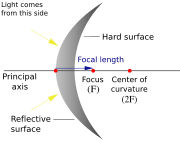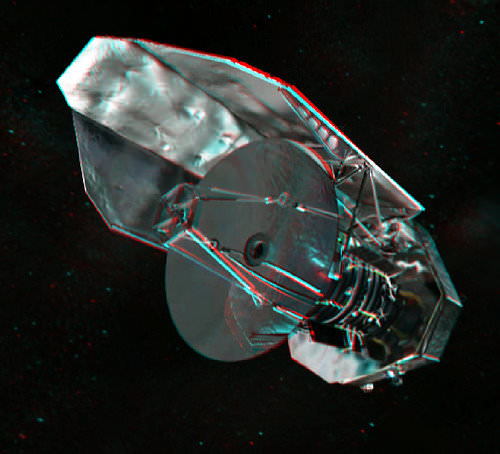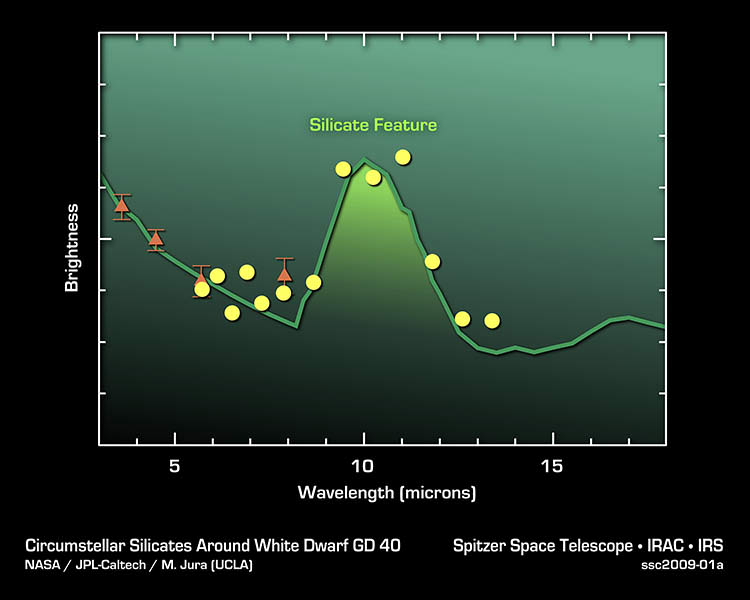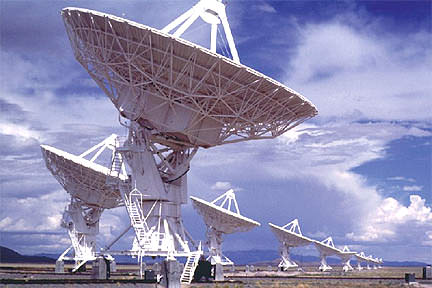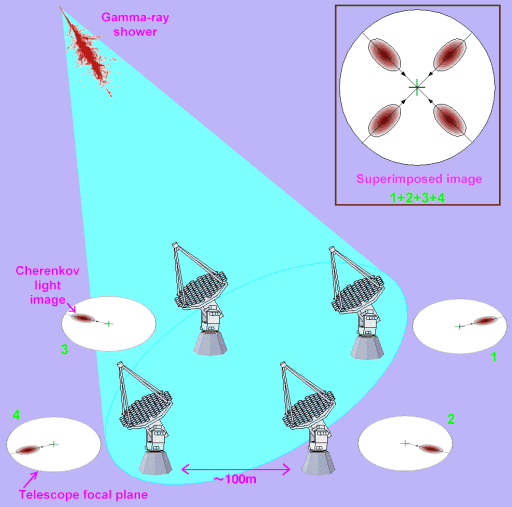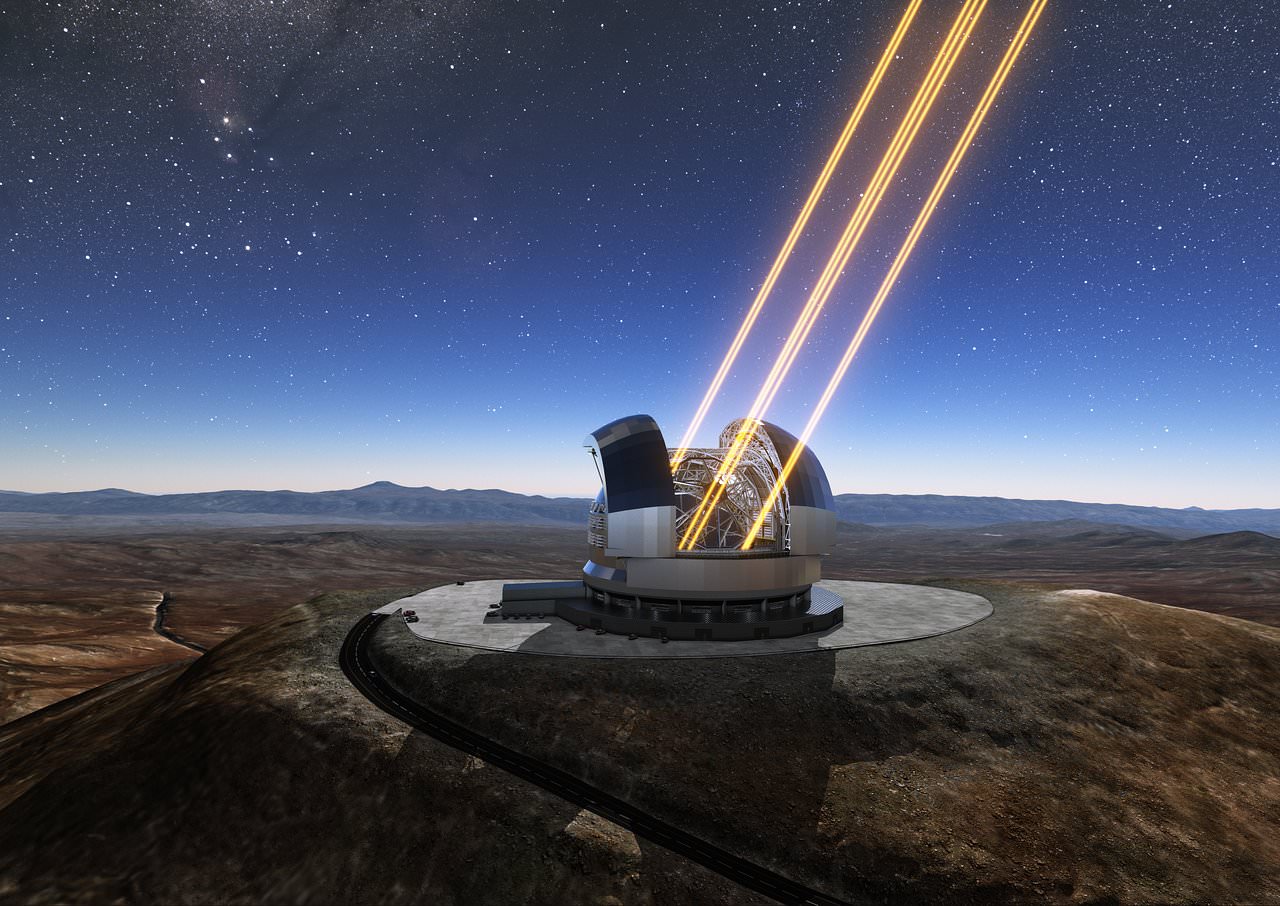A convex mirror is a spherical reflecting surface (or any reflecting surface fashioned into a portion of a sphere) in which its bulging side faces the source of light. Automobile enthusiasts often call it a fish eye mirror while other physics texts refer to it as a diverging mirror.
The term “diverging mirror” is based on this mirror’s behavior of making rays diverge upon reflection. So when you direct a beam of light on a convex mirror, the mirror will allow the initially parallel rays that make up the beam to diverge after striking the reflective surface.
Since convex mirrors have wider fields of view than other reflective surfaces, such as plane mirrors or concave mirrors, they are commonly used in automobile side mirrors. Having a fish eye on your automobile will allow you to see more of your rear.
A convex mirror is also a good security device. Store owners, for instance, install a number of them inside their stores and orient them in such a way that a single security personnel can see large portions of the store even while monitoring from a single location. They are the large disk-like reflective surfaces that you see near the ceilings of grocery or convenience shops.
The same kind of security devices are installed on automated teller machines to give the person withdrawing a good view of what is happening behind him. Some cell phones are also equipped with these mirrors to aid users when performing a self portrait shot.
Unlike images formed by concave mirrors, an image formed by a convex mirror cannot be projected on a screen. Such an image is called a virtual image. If one is to visualize the location of such a virtual image, then the image is found behind the surface of the mirror.
The complete description of an image formed by a convex mirror is: virtual, diminished in size, and upright. When we say upright, we mean that if you position an arrow in front of this kind of reflecting surface, then the arrowhead of the reflection will point to the same direction as that of the object (the real arrow) itself.
Want to see an object that is both a convex and a concave mirror? Take out a metallic spoon – the inner side is a concave mirror while the outer side is a convex mirror. Notice how your reflection is diminished in size. You may compare that with your reflection on a typical wall-mounted mirror.
Want to read more about mirrors? Here are some articles from Universe Today featuring them:
Parabolic Mirror
Nano-Engineered Liquid Mirror Telescopes
There’s more from NASA
NASA’s Largest Space Telescope Mirror Will See Deeper Into Space
Mirror Production Begins on Webb Telescope
Here are episodes from Astronomy Cast you might be interested in. Lend us your ears!
Shooting Lasers at the Moon and Losing Contact with Rovers
The Moon Part I
Source: The Physics Classroom

